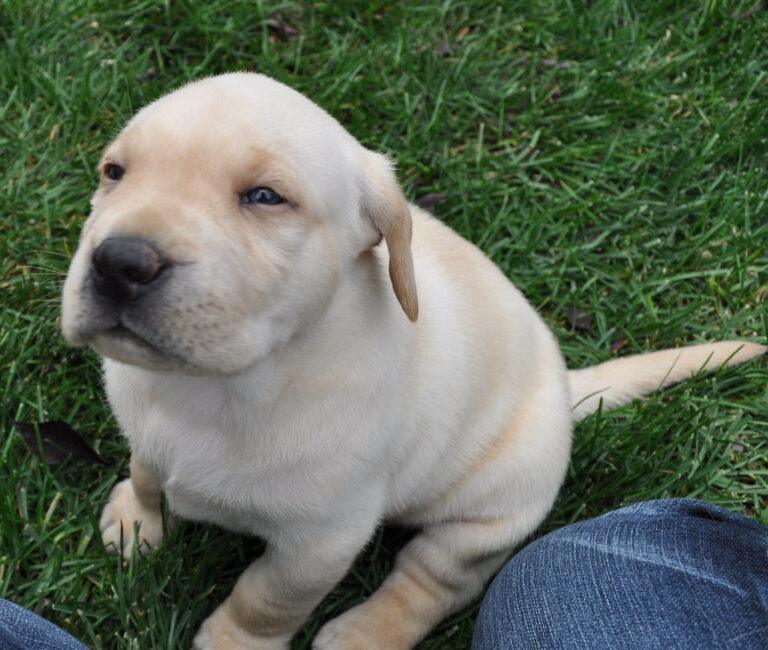The Journey Of Dalmatian Growth And Development
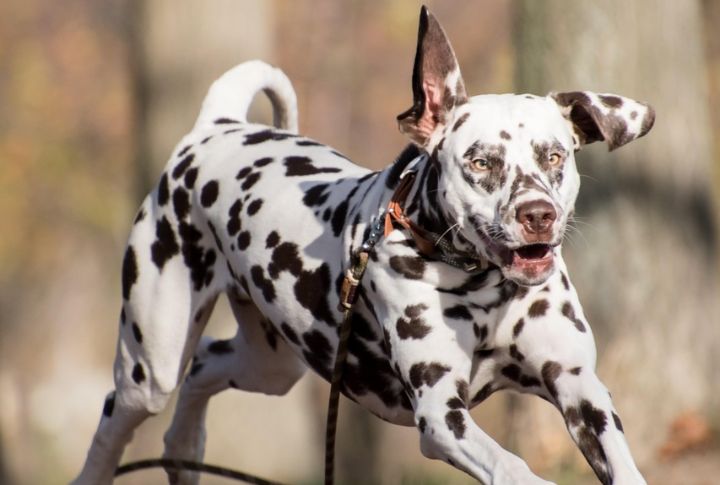
Bringing home a Dalmatian puppy is exciting, but it comes with many questions. How big will they get? When should training start? What challenges might pop up? Growth happens in phases, and each stage comes with new behaviors. Understanding these changes makes raising your Dalmatian a whole lot smoother.
Newborn Stage
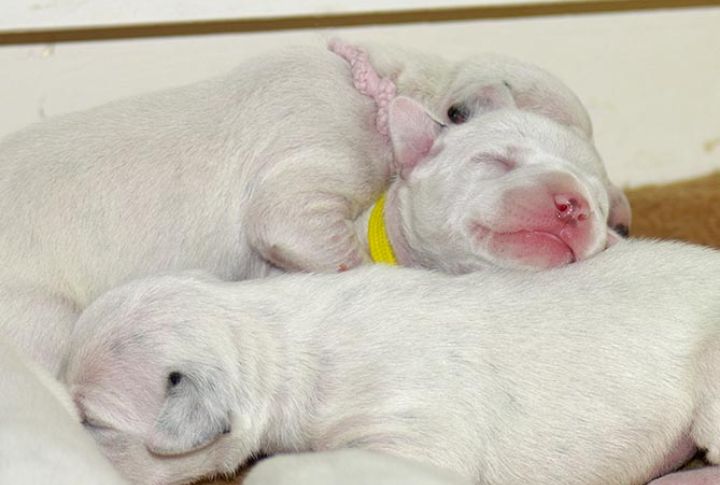
A Dalmatian puppy enters the world blind, deaf, and completely dependent. At birth, they weigh around 10 to 16 ounces and fit snugly in your hand. Their first week is about sleeping and eating, with mom doing most of the work. Keep their space warm and cozy for a healthy start.
Two Weeks Old
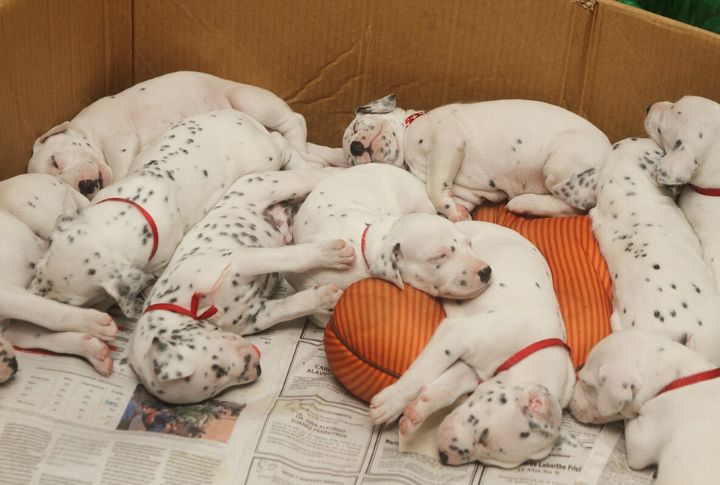
Puppies don’t stay helpless for long. Around day ten, their eyes start to open to reveal curious stares. They attempt wobbly steps by two weeks, still unsure of their footing. Their world is expanding, and so is their appetite. Gentle handling and soft sounds help them adjust to their growing senses.
One Month Old
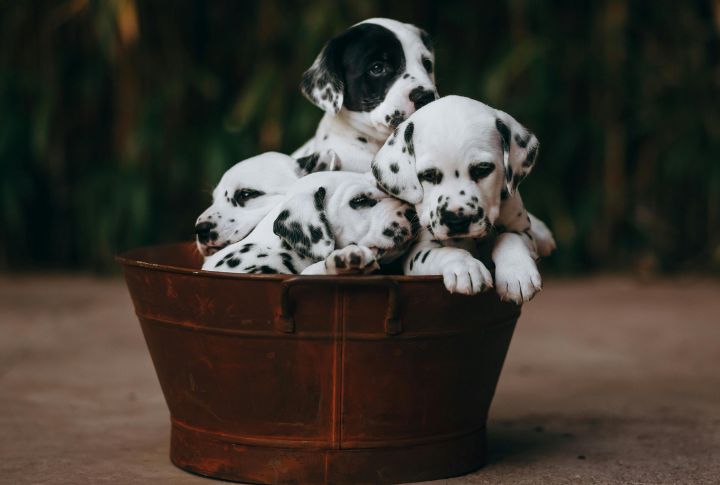
A month-old Dalmatian is a bundle of energy with a newfound love for play. Their legs are steadier, and their personalities start shining through. This is the time to introduce new experiences, such as gentle human contact and soft noises. The more positive encounters they have now, the more confident they’ll be later.
Two Months Old
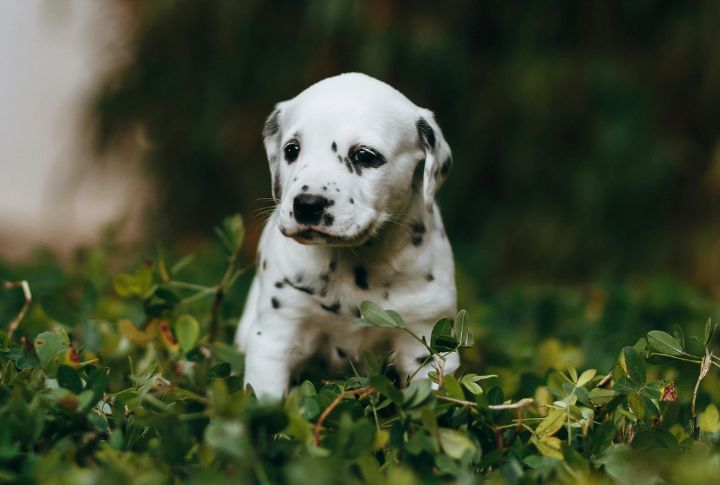
Independence kicks in at eight weeks, and so does curiosity. This is when they leave their littermates and join their new families. Training should start immediately. Simple commands like “sit” and “come” set the foundation for good behavior. Socialization is key, but be mindful of vaccinations before taking them out in public.
Three To Six Months
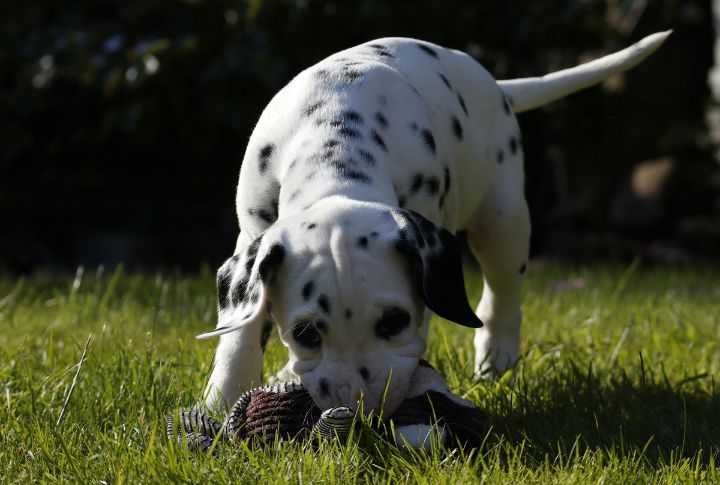
Teething turns your sweet pup into a chewing machine. Shoes, furniture, hands—nothing is safe. Provide many chew toys to save your belongings. This stage is also when energy levels spike. Short training sessions mixed with play keep them focused. Patience and consistency go a long way in shaping their manners.
Six To Nine Months

Dalmatian pups start looking less like babies and more like mini-adults. Their legs seem to grow overnight, and their bodies become leaner. Exercise is essential, but too much impact on their joints can be harmful. Short walks and basic training help them develop without overexertion.
Nine To Twelve Months
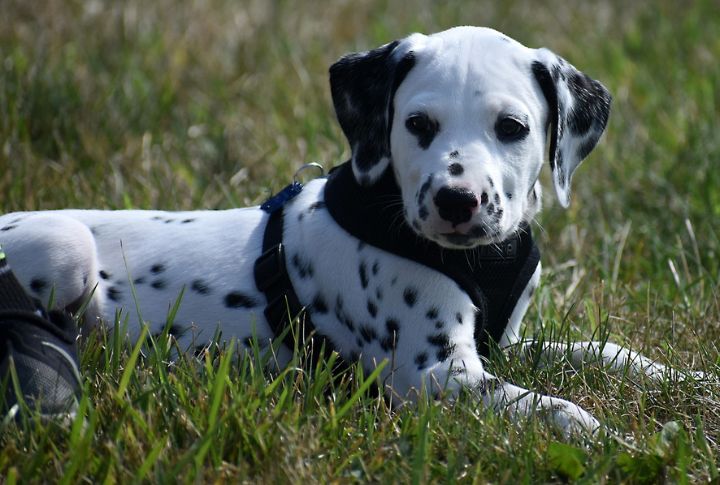
Teenage rebellion isn’t just for humans. A Dalmatian at this age may suddenly “forget” the commands they once knew. Testing limits is part of growing up, but consistency in training keeps them on track. Leash manners and impulse control need reinforcement. Stick with it; this is when training pays off in the long run.
One Year Old
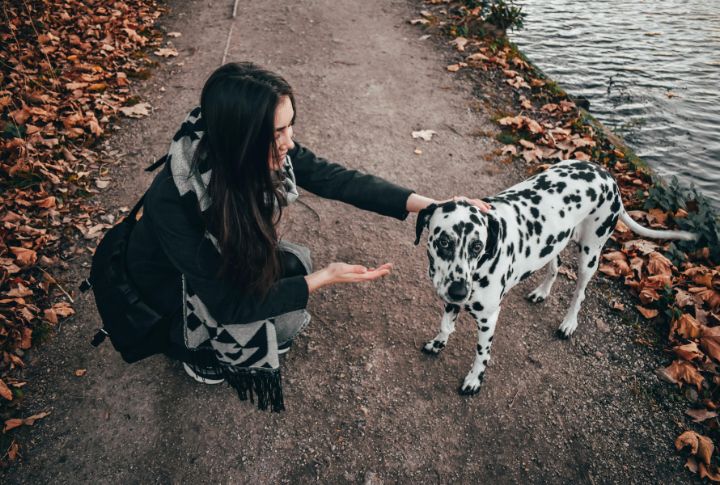
Your Dalmatian may look grown, but they’re still mentally developing. They typically reach their full height, but muscle and coordination continue improving. Some puppies settle, while others keep their playful energy. Keep training sessions fun and engaging, and remember that patience is key.
Adult Dalmatian
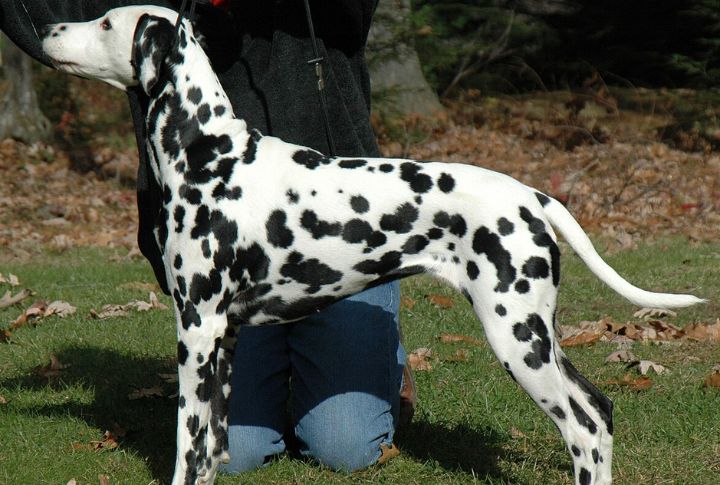
By 18 months, most Dalmatians reach their full size, but their personalities continue to evolve. They thrive on mental and physical activity, and trick training and interactive games prevent boredom. Consistency in training ensures they stay well-behaved and joyful companions.
Three To Five Years (Mature Adult Stage)
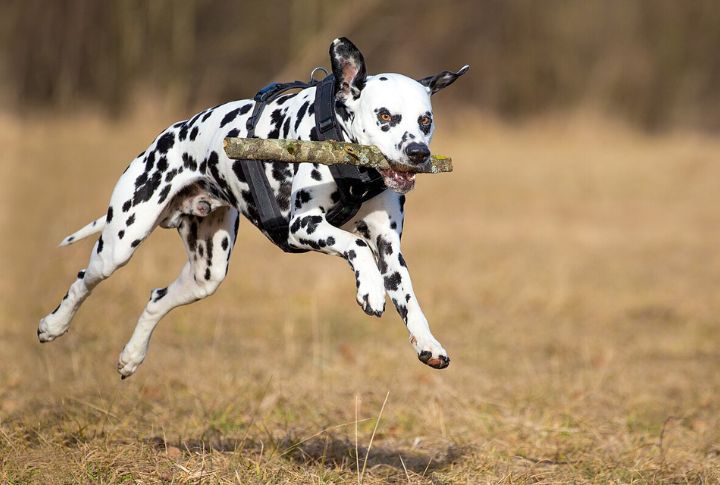
At this age, your Dalmatian is fully mature, both physically and mentally. They’re calmer but still need regular exercise and mental stimulation. Training has paid off, and they’re now a loyal, well-behaved companion, enjoying a balanced routine and lasting companionship.




